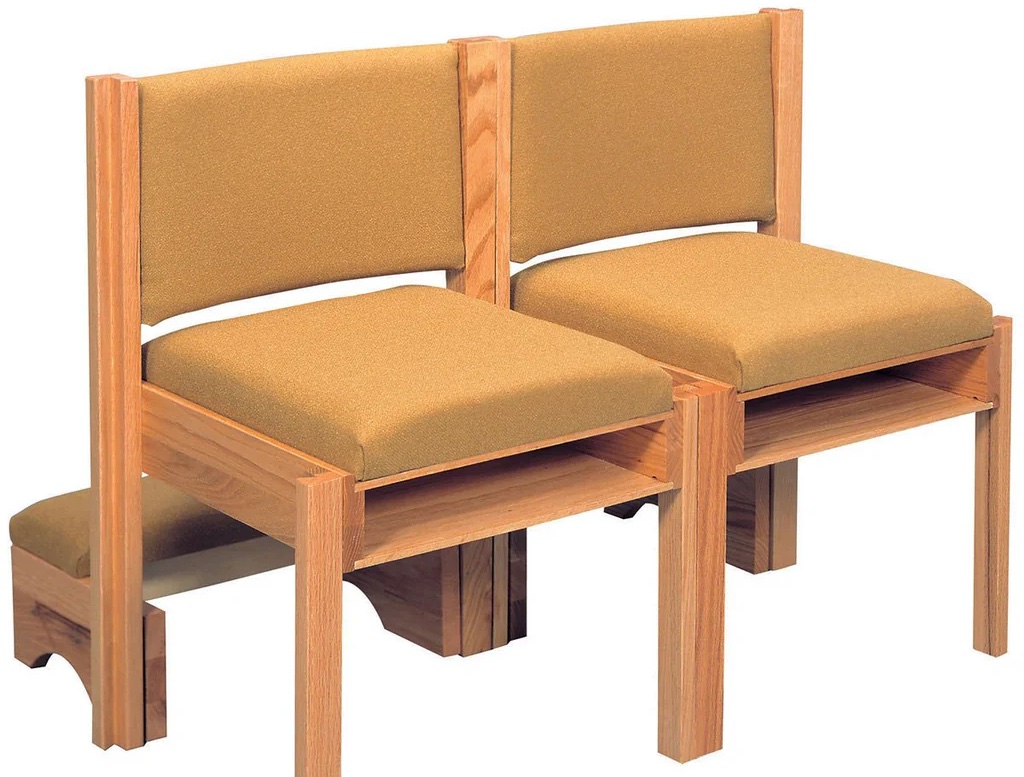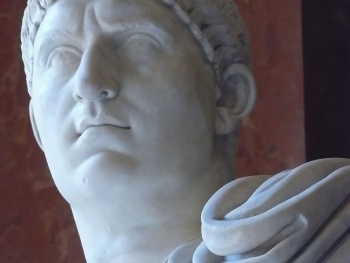Church furniture plays a crucial role in shaping the atmosphere of worship. While aesthetics are important, comfort and functionality are equally essential for facilitating a prayerful and contemplative environment. In this realm, church chairs with kneelers stand out as a unique and versatile seating option. This article delves into the world of these specialized chairs, exploring their history, design variations, benefits, and considerations for churches seeking to incorporate them into their worship space.
A Historical Perspective
Church pews have been a mainstay in houses of worship for centuries, offering a sense of tradition and community. However, the need for flexibility and individual comfort led to the rise of church chairs in the latter half of the 20th century. Church chairs with kneelers emerged as a thoughtful adaptation, combining the comfort of chairs with the ability to kneel for prayer, a practice deeply ingrained in many religious traditions.
Kneeler Design and Functionality
The core element of a kneeler chair is the kneeler itself. Typically crafted from wood or high-density foam, it can be:
- Fixed: Permanently attached to the chair frame, offering stability and a consistent kneeling position.
- Folding: Hinged at the front of the seat, allowing it to fold down discreetly when not in use. This provides a more streamlined look and easier navigation in pews.
- Swivel: Attached with a swivel mechanism, enabling parishioners to adjust the kneeler for optimal comfort.
Kneelers are often padded for added comfort during prayer. Some chairs may also incorporate additional features like:
- Bookracks: Mounted on the underside of the chair or integrated into the kneeler itself, providing a convenient place to rest hymnals or prayer books.
- Ganging Mechanisms: Allowing chairs to be linked together, creating a more unified appearance and preventing movement during service.
The Advantages of Kneeler Chairs
Church chairs with kneelers offer several advantages over traditional pews or standalone chairs:
- Versatility: They cater to different prayer postures. Parishioners can sit comfortably during long sermons and easily transition to kneeling for silent prayer or moments of reflection.
- Accessibility: Kneelers can be a boon for individuals with limited mobility. The ability to kneel with support or remain seated throughout the service makes the space more inclusive.
- Comfort: Padded kneelers provide a more comfortable surface for kneeling compared to hard floors. This can be especially beneficial for longer prayer sessions.
- Space Optimization: In some churches, chair configurations with kneelers can maximize seating capacity compared to traditional pews.
Choosing the Right Kneeler Chair
When selecting church chairs with kneelers, several factors need consideration:
- Church Architecture and Style: The chair design should complement the overall aesthetic of the worship space. Traditional styles with wooden frames and upholstered kneelers suit churches with a classic ambiance. Modern churches might consider chairs with sleek lines and contemporary materials.
- Functionality: Evaluate the desired level of flexibility. Fixed kneelers offer stability, while folding or swiveling ones provide more dynamic use. Consider if bookracks or ganging mechanisms are necessary.
- Comfort: The chair back’s height and seat padding should prioritize parishioner comfort during extended sitting. Kneeler padding thickness and material also play a role.
- Budget: Church chairs with kneelers range in price depending on material, design complexity, and upholstery options.
Church chairs kneelers present a thoughtful solution for creating a worship space that is both comfortable and conducive to prayer. By considering historical context, design variations, and the unique needs of their congregation, churches can make informed decisions to enhance the experience of prayer and reflection within their sacred space.




